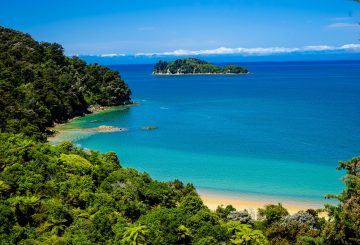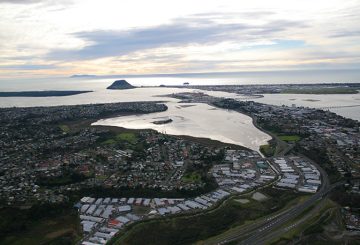总理克里斯·希普金斯周一宣布,游说者很快将不得不像任何其他公众一样登录议会选区。希普金斯说,他将写信给议长阿德里安·鲁拉希,要求取消企业、非政府部门和工会代表进入议会的刷卡权限。目前,议会和Beehive工作人员,包括工作人员、保安人员、议会服务人员、议会新闻长廊、前国会议员及其配偶,可以使用门卡进入该选区。游说者、商界和政治代表也被列入经批准的访客名单。
希普金斯还宣布,政府将向 “第三方游说者” 提供支持,以制定自愿行为准则,并开始 “长期研究监管游说活动的政策选择”。他说,一份 “更新后的” 内阁手册将于4月发布,其中 “对部长们在考虑未来就业时的行为和决策设定了明确的期望”。这些公告是在RNZ报道游说者及其影响力之后发布的。
希普金斯说:“我们必须有一个明智而透明的制度,不要给人留下游说者与其他新西兰人相比享有不公平优势的印象。”
他呼吁游说者制定一项自愿行为准则,以提高透明度,“例如,在网站上包括他们所代表的客户的姓名”。希普金斯还公布了审查斯图尔特·纳什与捐助者的部长级沟通的职权范围。纳什在陷入不当行为丑闻后宣布退出政坛。
希普金斯说,审查将研究纳什与向2017年或2020年选民竞选活动申报捐款的个人和实体的沟通中是否存在其他违反内阁集体责任或保密的行为,或者是否存在感知或实际的利益冲突。
“新西兰理所当然应该为我们的开放和无障碍的政府感到自豪。我希望这些措施能在某种程度上进一步提高政府的透明度和完整性,” 希普金斯说。






























































